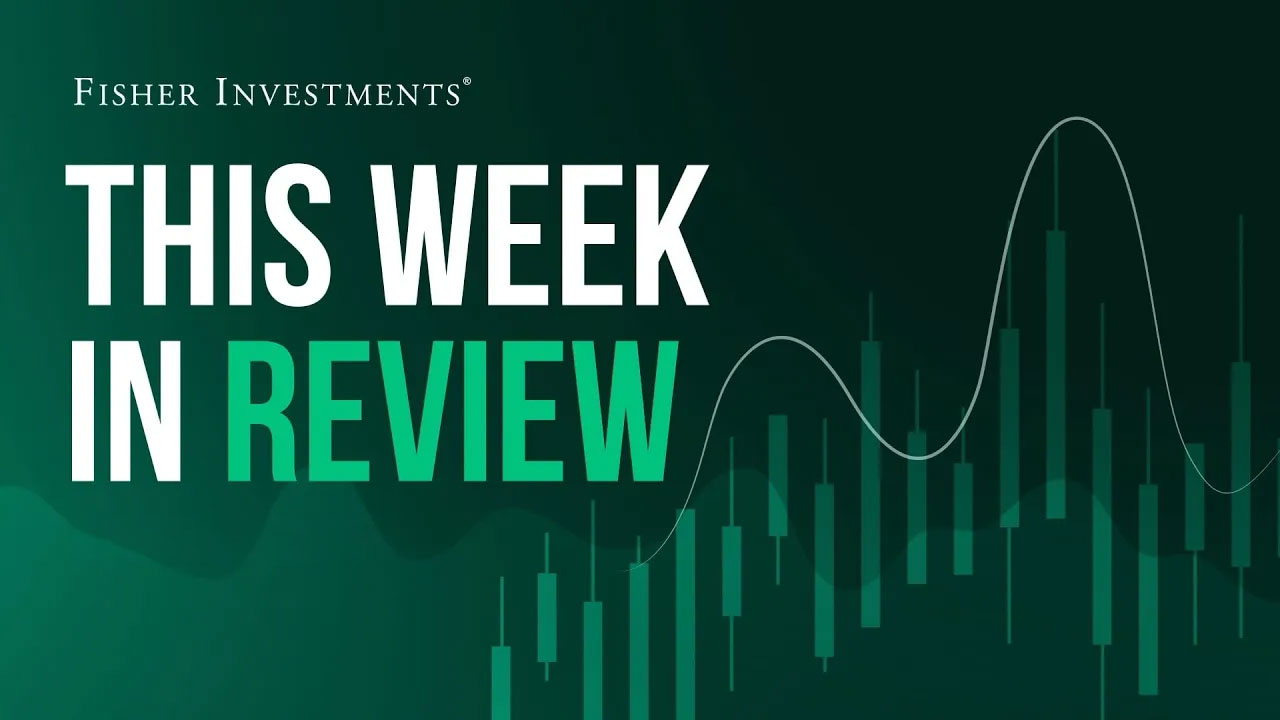Personal Wealth Management / Market Analysis
Why Central Banks’ Inflation Targets Are Wide of the Mark
Don’t fuss over central banks’ inflation targets.
Can Jerome Powell and Christine Lagarde hit a bullseye? Pundits are anxious to find out since the latest batch of transatlantic inflation data suggest the Fed and ECB are both nearing their inflation targets. But many see slowing improvement as a sign more action is needed to “hit” the marks. In our view, this vastly overrates central banks’ powers and ability to fine-tune outcomes, and the talk is fueling another round of feckless central bank forecasting.
As for those aforementioned price figures, America’s April personal consumption expenditures (PCE) price index rose 2.7% y/y, unchanged from March’s rate.[i] Meanwhile, the eurozone’s May harmonized index of consumer prices (HICP) accelerated to 2.6% y/y from April’s 2.4%[ii] Both measures have been in the range of 2.4% - 2.9% since October 2023, which is fairly close to the Fed and ECB’s respective inflation target of 2% y/y.
The latest numbers are in line with inflation’s overall easing in America and Europe. But many argue the “slow” cooling means central bankers must act to get even closer to 2%. A former New York Fed president argued Powell and friends need to do more to fight inflation since “restrictive” monetary policy hasn’t dampened US economic strength.[iii] Meanwhile, the ECB’s chief economist fretted inflation would get stuck above the bank’s target if Frankfurt didn’t keep rates elevated.[iv]
We disagree central banks need to “do more.” Why? For one, their targets aren’t clearly defined. Yes, yes, the ECB and Fed clearly state on their websites their target is 2% and all that. The former monitors change in the HICP over the “medium term” while the latter tracks the PCE price index “over the longer run.” But the ECB doesn’t define what the “medium term” is. The next six months? Year? Longer?
More significantly, the Fed doesn’t detail what “inflation that averages 2% over the longer run” means. As we wrote back in March 2022, the Fed didn’t specify a timeframe for annual inflation to average 2%. Without knowing the timeframe, you can’t calculate an average. This means one could claim success whenever the numbers “work.”
Lest you think we are reading too much into vague syntax, see the Richmond Fed, which wrote in an October 2023 blog post that “the FOMC did not define the window of time over which it would be looking back to assess progress toward its goal.”[v] This raises the question: What exactly are central bankers aiming for today—inflation that is above, at or below the goal? Just in the ballpark? No one knows the answer, which highlights the folly in trying to foretell central bank moves.
There also isn’t any evidence central bankers can fine tune inflation rates down to the decimal. The Fed made its 2% target official in 2012 and didn’t have much success hitting it. (Exhibit 1) This, in our view, explains why the Fed ditched a clearer 2% target in favor of that undefined average in 2020.
Exhibit 1: US PCE Since 2012

Source: FactSet, as of 6/3/2024.
It was a similar story with the ECB. Since 2003, the bank’s inflation rate target was “below but close to 2%” before explicitly aiming for “2% inflation over the medium term” in 2021. Yet eurozone inflation spent most of the past two decades either above—or well below—that threshold. (Exhibit 2)
Exhibit 2: Eurozone HICP Since 2003

Source: FactSet, as of 6/3/2024.
With all eyes on the ECB’s meeting this week—and the Fed’s next week—expect plenty more grousing over what central bankers should and shouldn’t do. But don’t overrate their actions. Monetary policy is a blunt tool that hits at an undetermined lag. There is no evidence, none, that central banks can or should even try to slice and dice inflation rates down to the decimal.
[i] Source: FactSet, as of 5/31/2024.
[ii] Ibid.
[iii] “The Fed Thinks It’s Fighting Inflation. Think Again.” Bill Dudley, Bloomberg, 5/30/2024.
[iv] “European Central Bank Is Ready to Start Cutting Interest Rates, Says Chief Economist,” Martin Arnold, Financial Times, 5/27/2024.
[v] “Long-Run Average Inflation,” John O’Trakoun, Federal Reserve Bank of Richmond, 10/17/2023.
If you would like to contact the editors responsible for this article, please message MarketMinder directly.
*The content contained in this article represents only the opinions and viewpoints of the Fisher Investments editorial staff.
Get a weekly roundup of our market insights
Sign up for our weekly e-mail newsletter.

See Our Investment Guides
The world of investing can seem like a giant maze. Fisher Investments has developed several informational and educational guides tackling a variety of investing topics.



